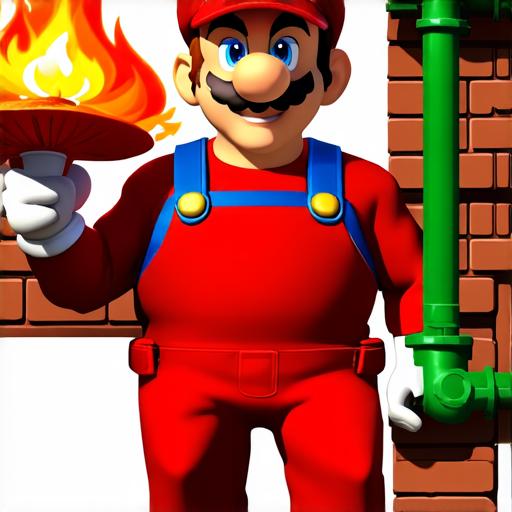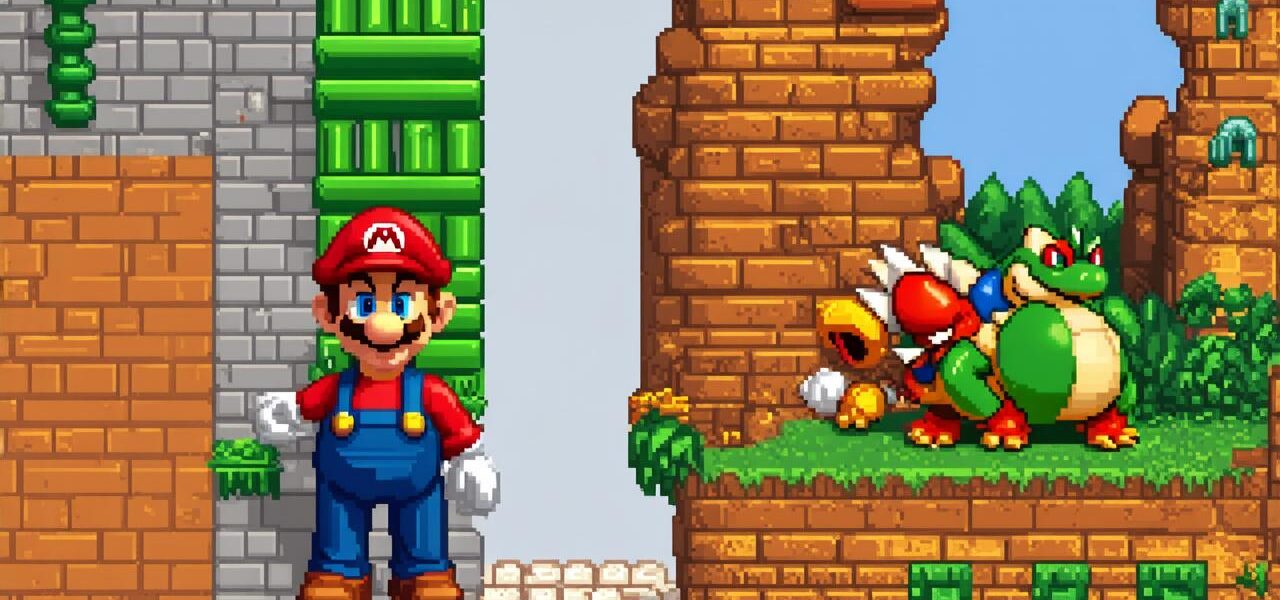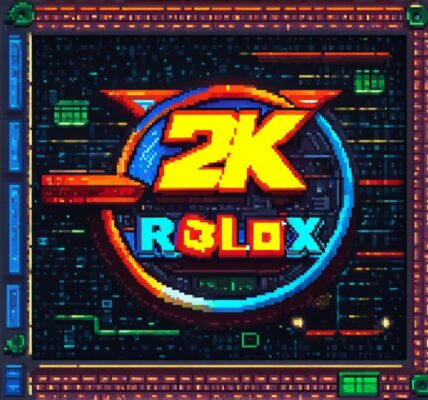Introduction
The world of video games is an ever-evolving landscape, with new and exciting adventures waiting to be discovered by players every day. One of the most iconic and beloved characters in gaming history is undoubtedly Super Mario Bros., the Italian plumber who has captivated audiences for decades.
The Birth of a Legend: Super Mario Bros. in 1985
Super Mario Bros. was first released for the Nintendo Entertainment System (NES) in North America on September 13, 1985. Created by Shigeru Miyamoto and developed by Nintendo, Super Mario Bros. quickly gained popularity due to its addictive gameplay, memorable characters, and stunning visuals.
At the time of its release, Super Mario Bros. was a groundbreaking game that pushed the limits of what could be achieved on the NES. The game’s innovative use of scrolling backgrounds, parallax scrolling, and non-linear level design set new standards for platformer games and paved the way for future adventures in the Mario universe.
Super Mario Bros.’ success can also be attributed to its clever marketing strategy. Nintendo launched a massive advertising campaign that included TV commercials, print ads, and even billboards, which helped create a buzz around the game and generate excitement among potential players. The company also released a line of merchandise, including plush toys, clothing, and posters, further boosting the game’s popularity.
A New Era: Super Mario World on NES in 1988
Following the success of Super Mario Bros., Nintendo released the sequel, Super Mario World, in 1988. This game introduced new characters and power-ups that would become staples of the Mario franchise, including Yoshi, the friendly green dinosaur who could eat enemies and spit fire, and the mighty hammer-wielding Bowser Jr., who would go on to become one of Mario’s most formidable foes.
Super Mario World also marked a significant shift in the gameplay mechanics of the Mario franchise. The game introduced new power-ups such as the feather cap, which granted Mario an extra life, and the fire flower, which gave him a temporary burst of firepower. Additionally, Super Mario World introduced the concept of world maps, where players could choose their own path through the game’s levels, further enhancing the replayability of the experience.
The Rise of Super Mario: The GameCube and Wii in 2001 and 2006
In 2001, Nintendo released the GameCube, which would become the home console for the next generation of Mario games. Super Mario Sunshine, which was launched as a launch title for the GameCube, received critical acclaim for its innovative gameplay mechanics and stunning visuals. The game introduced new characters such as Gelato Bros., who could turn into gelato-based versions of themselves to attack enemies, and Flutter Kicks, who used their powerful kicks to navigate levels.
In 2006, Nintendo released the Wii, which would go on to become one of the most successful video game consoles of all time. The Wii’s innovative motion controls, which allowed players to control characters using hand gestures and body movements, made gaming more accessible and immersive than ever before. Super Mario Galaxy, which was released for the Wii in 2007, received widespread critical acclaim for its innovative use of gravity and platforming mechanics, as well as its memorable characters and levels.
The Modern Era: Super Mario Odyssey on Switch in 2017
In 2017, Nintendo released the latest entry in the Mario franchise, Super Mario Odyssey, for the Nintendo Switch. The game has been praised for its beautiful graphics, engaging gameplay mechanics, and memorable characters such as the iconic Bowser Jr., who returns as a main antagonist in the game.
Super Mario Odyssey also marked a significant shift in the way players interact with the Mario universe. The game introduced new power-ups such as the cap mushroom, which allows Mario to turn invisible and move through walls, and the bros. mushroom, which calls upon Yoshi to assist Mario in battle. Additionally, Super Mario Odyssey introduced the concept of “Cappy” tokens, which can be collected throughout the game and used to unlock new power-ups and abilities for Mario.
The Legacy of Super Mario Bros.
Super Mario Bros.’ impact on popular culture cannot be overstated. From its iconic theme song to its memorable characters and levels, the game has become a cultural touchstone that has resonated with generations of players. The success of Super Mario Bros. has also had a significant influence on other video games and pop culture as a whole.
The game’s innovative use of scrolling backgrounds, parallax scrolling, and non-linear level design set new standards for platformer games and paved the way for future adventures in the Mario universe. Additionally, Super Mario Bros.’ success helped establish Nintendo as a major player in the video game industry, which has continued to this day.
Summary

From its humble beginnings as a simple platformer game to the complex and diverse universe it has become today, Super Mario Bros. remains one of the most beloved and iconic characters in gaming history. The game’s engaging gameplay mechanics, memorable characters, and stunning visuals have made it a cultural phenomenon that transcends gaming platforms and generations. As we continue to explore new frontiers in video games, the legacy of Super Mario Bros. will undoubtedly live on, inspiring future generations of gamers to embark on their own adventures through the magical world of Mario.
FAQs
1. When was Super Mario Bros. first released?
Super Mario Bros. was first released for the Nintendo Entertainment System (NES) in North America on September 13, 1985.
2. Who created Super Mario Bros.?
Super Mario Bros. was created by Shigeru Miyamoto and developed by Nintendo.
3. What is the name of the sequel to Super Mario Bros.?
The sequel to Super Mario Bros. is called Super Mario World, which was released in 1988 for the NES.
4. What are some of the power-ups introduced in Super Mario World?
Some of the power-ups introduced in Super Mario World include the feather cap, which granted Mario an extra life, and the fire flower, which gave him a temporary burst of firepower.
5. When was the GameCube released?
The GameCube was released by Nintendo in 2001 as the home console for the next generation of Mario games.
6. What is the name of the launch title for the GameCube?
Super Mario Sunshine is the launch title for the GameCube, which was released in 2001.
7. What is the name of the latest entry in the Mario franchise?
The latest entry in the Mario franchise is Super Mario Odyssey, which was released for the Nintendo Switch in 2017.




